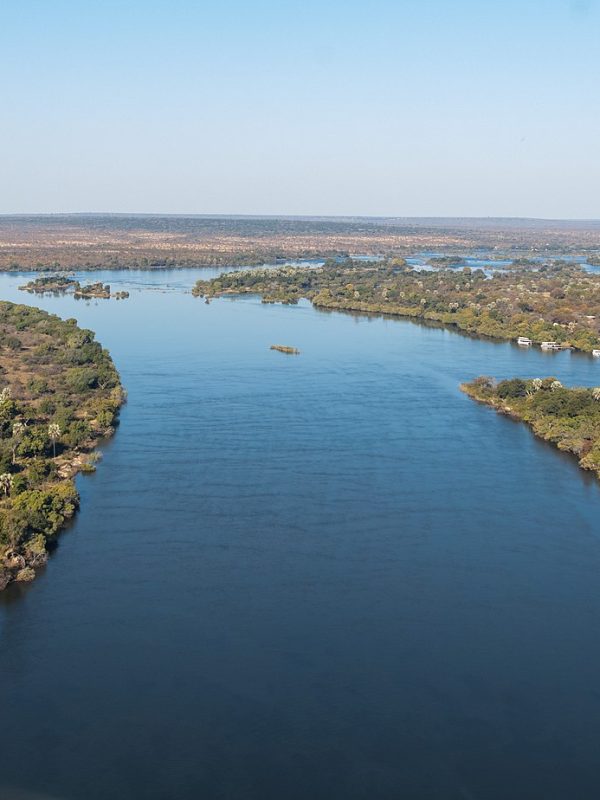Rios de Angola is an article that will show you some of the many riches that Angola has. Angola is a country rich in mineral resources, such as diamonds, oil, iron ore, gold, mercury and others.
Here, we will focus on the immense natural wealth, which resides in the country's main water courses.
Discovering the longest rivers in Angola
Among the various resources, get to know the 5 main rivers in Angola that have other tributaries:
- Kwanza River
- Congo River or Zaire
- Cunene River
- Zambezi River
- Cubango River
Kwanza River
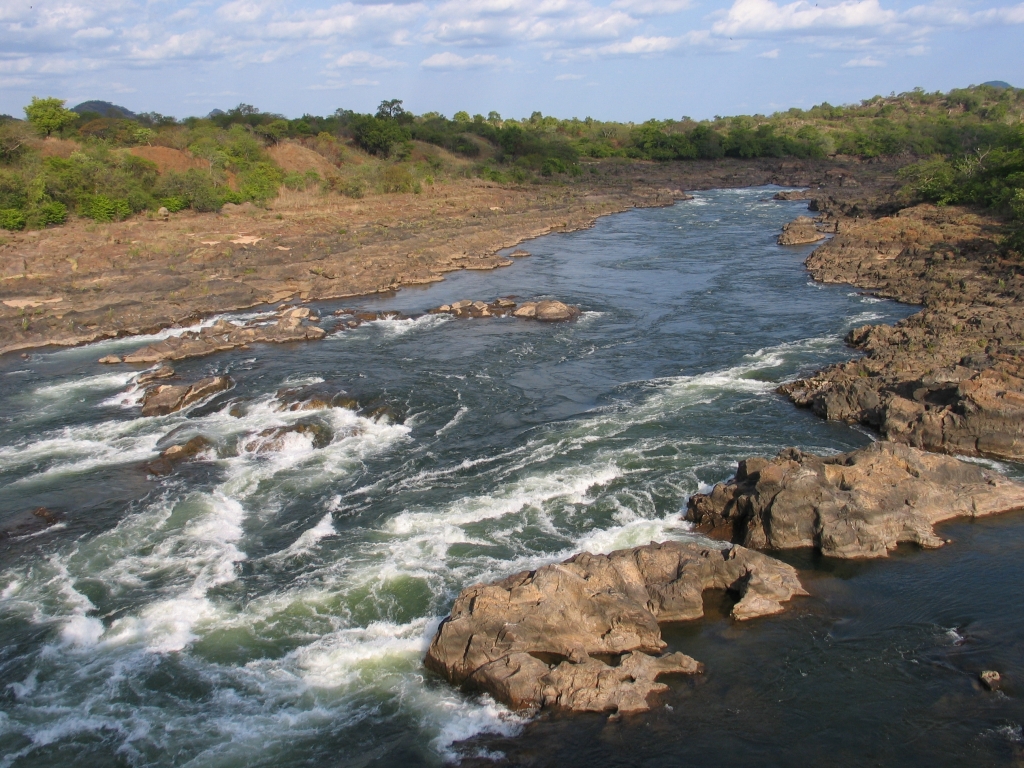
The Kwanza River is the longest river in Angola, and belongs exclusively to Angola. Its source is located in the central plateau of Angola, province of bié, municipality of Chitembo. This watercourse has a course of 960 km and flows into the Atlantic Ocean, south of Luanda, at Barra do Kwanza.
The Kwanza river basin has 152,570 km2 and its main fluents are as follows; Rio Lucala, Cuije, Lombe, Cuque, Luando, Guía, Guime, Chimbamdiango, Gango, Cutato, Cunhinga, Lúbia, Cunje and Cuquema.
The Kwanza River is responsible for supplying some of the main hydroelectric dams in Angola, such as: Laúca Dam, Cambambe Dam and Capanda Dam, responsible for the supply of electricity and drinking water.
The name Kwanza was assigned to the river due to the provinces of Kwanza Norte, which is on the north bank of the river, and Kwanza Sul, which is on the south bank of the river. It is also the name given to the main exchange currency in Angola ”Kwanza”.
Congo River or Zaire
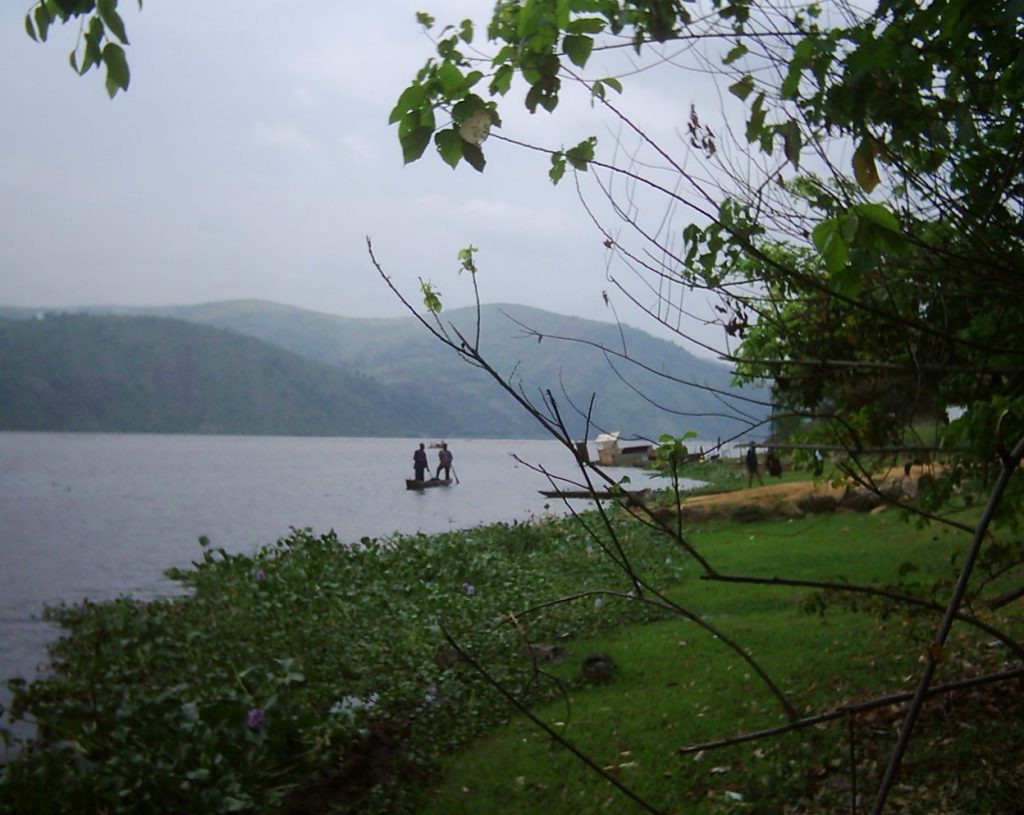
The Congo River which is also known as the Zaire River is the second longest river in Africa. It formed about 1.5 to 2 million years ago. The Zaire River passes through several African countries such as: Angola, Democratic Republic of Congo, Republic of Congo, Cameroon, Tanzania, Rwanda, Burundi and the Central African Republic.
The main tributaries of the Zaire River are the following: Rio Cambo, Chicapa, Chiumbe, Cuílo, Dala, Lui, Luachimbo, Luangue, Luembe and Lulo.
The Congo River is the only river in the world that crosses the equator twice. It has 4,700 km and its watershed is 4,014,500 km2🇧🇷 This river has over 700 species of fish and other incredible beauties that deserve to be discovered.
The mouth of the river Zaire is known as the point of arrival of Diogo Cão and his entourage in 1482 when Portuguese navigators discovered the existence of Angola, and established the Padrão de São Jorge, in the province of Zaire, as a way of marking occupation of Angolan territory.
Cunene River
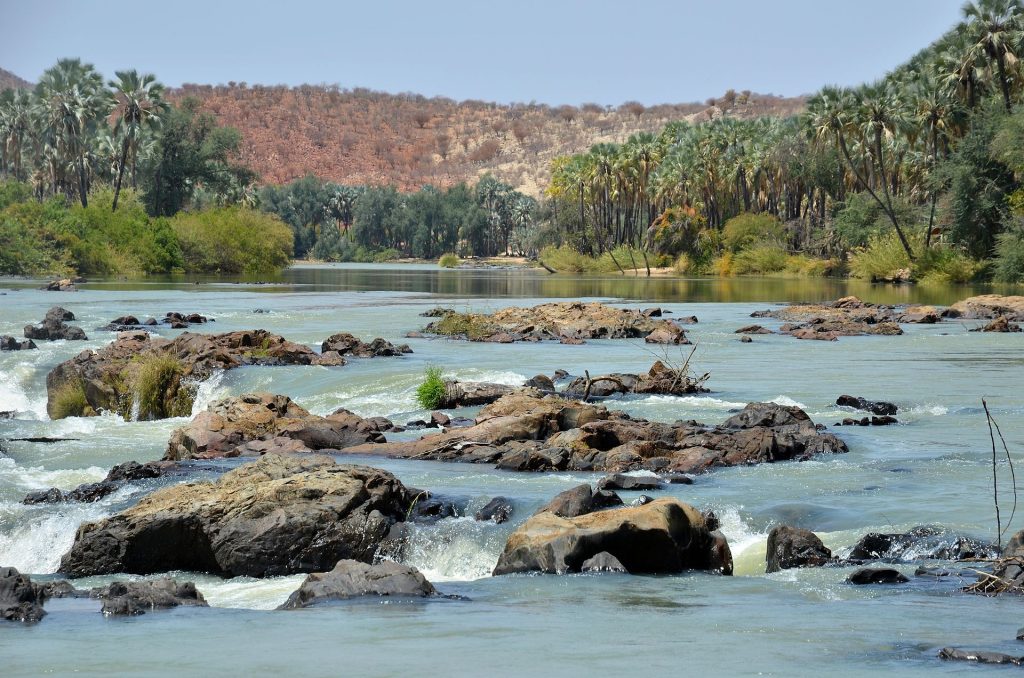
The Cunene River is a river that has its source in the central plateau of Angola, province of Huambo, in the municipality of Chicala-Choloanga and has its mouth in the Atlantic Ocean on the Angola-Namibia border.
The Cunene River is about 1200 km long, of which 960 km are in Angola and another 240 km are located in Namibia. For this reason, it is one of the largest rivers in Angola.
Its watershed has an area of 106,560 km2🇧🇷 Its main tributaries are the following; Caculuvar River, Catonga, Chitanda and Que.
As points of tourist attraction on the Cunene river, you can visit the falls of Monte Negro and the falls of Ruacana.
The Cunene river is responsible for supplying the Gove hydroelectric power station and the Ruacaná hydroelectric power plant, which specializes in the production of electricity. It also supplies the Calueque Dam, which specializes in water supply.
Zambezi River
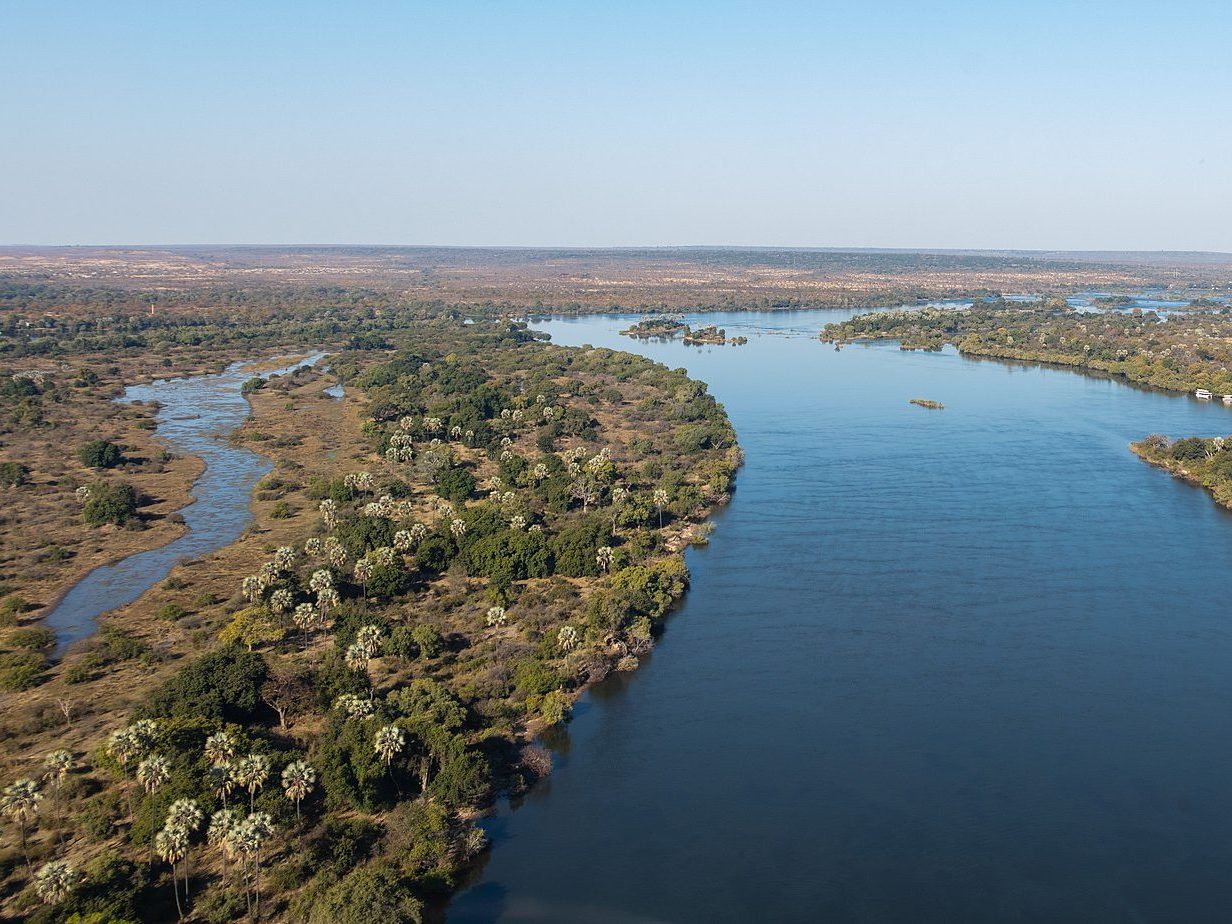
Cubango River is a river that crosses 8 African countries, namely Angola, Botswana, Tanzania, Namibia, Zambia, Zimbabwe, Malawi and Mozambique.
The main tributaries of the Zambezi watershed in Angola are the following: Rio Luanginga, Luena, Luiana, Lungué-Bungo and Utembo.
The Zambezi River has its source in Angola, its mouth is in the Indian Ocean, in Mozambique. The Zambezi River has the fourth largest basin on the continent, it is one of the most important basins in southern Africa.
The Zambezi River has a watershed of 1,390,000 km2🇧🇷 The Zambezi River is rich in diverse species, and is also responsible for the distribution of water and the supply of hydroelectric dams, for example, the Luau dam, located in eastern Angola between the provinces of Moxico and Saurimo.
Cubango River
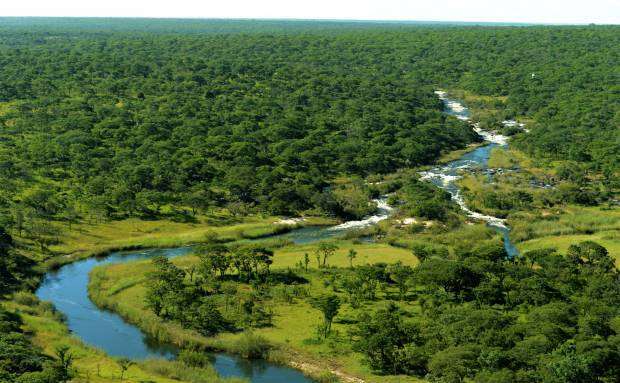
Rio Cubango is a coastal waterway located in the Kalahari basin. The Kalahari Basin spans 4 African countries. It has a hydrographic basin of 2,500,000 km2, with most occupying Botswana and small portions occupying Angola, Namibia and Zimbabwe.
The main tributaries in Angola from the Kalahari basin are the following; River Cuchi, Cuebe and Cuito.
One of the beauties that most attracts attention is the large central portion that is occupied by the kalaari desert which is a desert of 900,000 km2 covering Angola, Botswana, Namibia and South Africa.
These are the biggest rivers in Angola
The largest rivers in Angola represent an immense natural heritage, not only for the country, but also for the entire African continent and the entire planet.

